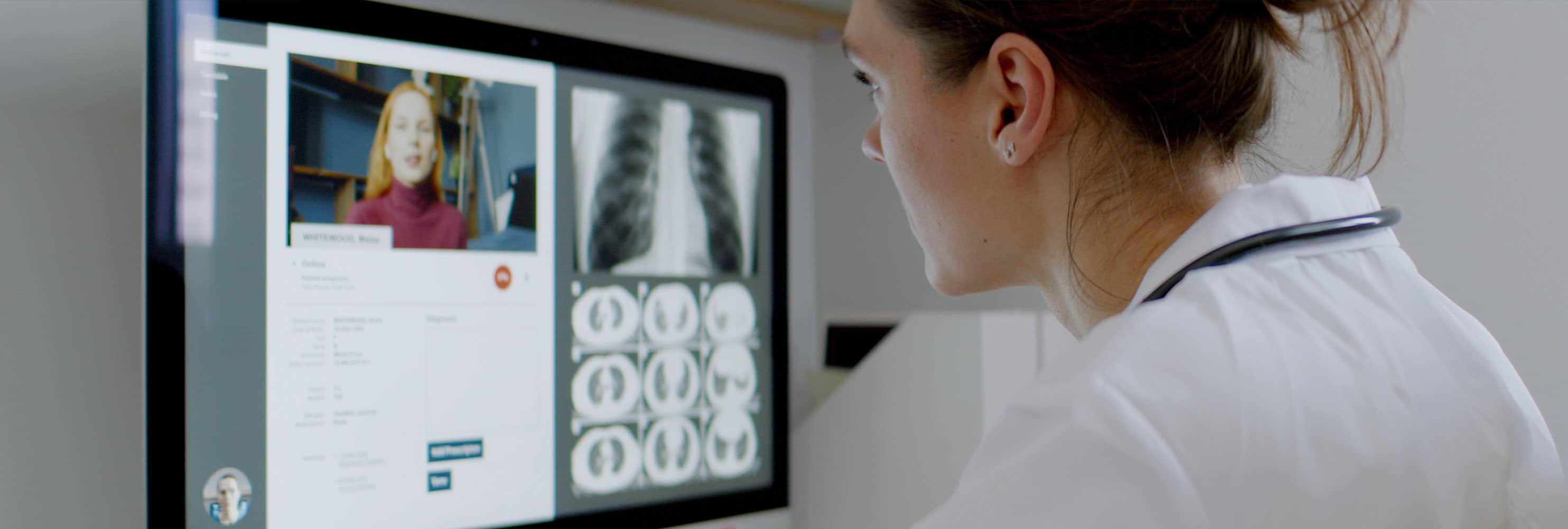
Why Practices Should Still Utilize Telehealth Amid COVID-19
COVID-19 prompted a widespread adoption of telehealth solutions across the country. Pro...
July 10, 2020
In March of this year, the coronavirus prompted a legislative response to make care more accessible to Medicare patients being impacted by the pandemic. On March 30th, The Centers for Medicare and Medicaid Services (CMS) announced new policies under the CARES Act to expand telehealth coverage across the board, making the digital visit alternative more accessible during this time. A new bill titled the “Advancing Telehealth Beyond COVID-19 Act,” is calling for a permanent extension of these telehealth regulations past the end of the pandemic.
What is the Impact of Expanded Telehealth Coverage?
The widespread and quick implementation of telehealth services at the start of the pandemic has patients and providers everywhere trying this tool for the very first time. With this, came challenges as well as a large positive impact on patient care. This tool offered a unique opportunity for high-risk individuals to stay safe at home when it became important to limit in-person interactions. For Medicare patients, telehealth created a safe space to meet with physicians while adhering to social distancing guidelines and regulations.
The implementation of the CARES Act made accessing these tools much easier for patients as restrictions on what technology and geographical locations were accepted under their Medicare coverage. The CARES Act lifted many of the geographical limitations that were previously set in place so that patients could still access the care they depend on despite the pandemic. This also applied to other branches of remote care like remote monitoring.
The lifting of these restrictions prompted the use of telehealth to skyrocket across the country, with the highest reported telehealth use our country has ever seen, even several months into the pandemic. While the numbers are now not as high as they were at the peak of the pandemic, telehealth use is still higher than it was prior to COVID-19.
The Advancing Telehealth Beyond COVID-19 Act aims to make the pandemic response regulations permanent, and continue to make telehealth more accessible for patient’s even once the pandemic is over. Doing so could help make care more manageable for Medicare patients battling chronic conditions.
What Barriers Still Need to Be Addressed?
Access to Quality Technology
While many of the geographical restrictions have technically been lifted to cover more individuals living in rural areas or across the country, access to quality technology is still limiting access to digital visit alternatives for some patients. With Medicare beneficiaries aging 65 and older, the use of telehealth is often deterred by difficult to use tech. While more seniors than ever are using telehealth to their advantage, frustrating first encounters with the technology might steer more patients toward their traditional care setting.
Lack of Coverage
While more and more payers are covering digital visit alternatives for patients, Medicare coverage for telehealth still varies across the United States. Reimbursements for digital visit alternatives are often smaller than a traditional office visit, prompting providers to lean toward in-person services.
What Can Bridge the Gap?
Implementing a quality solution may be the answer to making quality technology available to your staff and patients and maximizing your telehealth reimbursement. Simple to use interface integrated directly with your practice software makes visiting with patients work just as an in-person visit would. Direct access to a patient’s chart makes it easy for providers to meet with their patients as well as the other way around. Simple to use technology prompts a more positive response from Medicare beneficiaries who have a lot to gain from the use of telehealth.
While work still needs to be done to standardize the use and access to digital visit alternatives across the country, partnering with a quality telehealth vendor will simplify the processes. To learn more about a solution that could help your organization, click here.